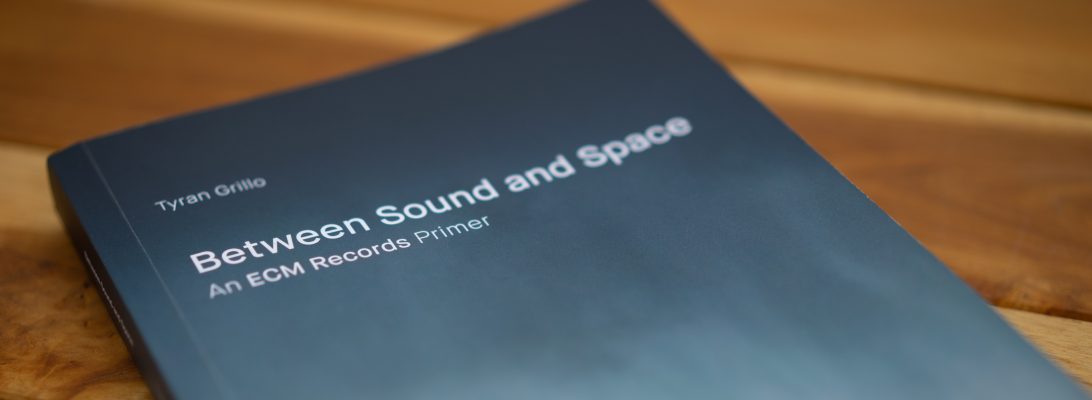Sō Percussion
Bailey Hall, Cornell University
October 24, 2014
8:00pm
Percussion ensembles and their repertoires can be hard sells in the contemporary music market. On the one hand, their emphasis on rhythm over, or in tandem with, melody makes them accessible to a broader audience than their classical allegiances might have us believe. On the other, that very slipperiness renders them moving targets in a genre-driven industry. The members of Sō Percussion, one of the leading quartets of its kind, bring such an eclectic mix of backgrounds, tastes, and talents to the table that any reliance on category would seem long dead. That said, Friday evening’s concert at Bailey Hall charted a disorienting EKG graph of peaks and valleys that left behind more questions than answers.
The program’s frame consisted of two perennial classics by composer Steve Reich. His 1973 Music for Pieces of Wood—a composition for five woodblock players that required a helping hand from Sō’s Operations Manager, Yumi Tamashiro—was captivating and clean. Although not overtly about melody, its pitch-tuned surfaces nevertheless overlapped in melodic ways, blending waves of rhythm into a seamless whole. Clapping Music, composed the year before, was the concert’s encore. Consisting of nothing but clapping hands, it brought the art of percussion to an even more primal level, using only the body and its discipline to enliven the space.
Moving in from either end, however, brought us to the program’s longest pieces, both of which relied on gimmicks that outweighed their musical results. Intriguingly, the score of Todd Lerew’s Flagging Entrainment of Ultradian Rhythms and the Consequences Thereof was mapped out like a choose-your-own-adventure novel, guiding performers to change paths based on their interactions (or lack thereof) with one another. Conceptually robust, despite the title’s dubious use of the word “ultradian,” and not without its beauties (the recurrence of bowed vibraphones and glockenspiels was nothing short of haunting), by the end it was unclear as to what the exercise was meant to achieve. In stark contrast to John Zorn’s influential game and file-card pieces of the 1970s and 80s, this one established a vague mood at best, in service of which beauty for its own sake felt ultimately arbitrary.
Sitting somewhere between the Bowed Piano Ensemble pieces of Stephen Scott and the guitar symphonies of Glenn Branca, but approaching the depths of neither, was Bryce Dessner’s Music for Wood and Strings. An electric guitarist known for his work with The National, Dessner enriches a selective rank of rock musicians, such as Radiohead’s Jonny Greenwood, that have had successful careers as composers. Yet whereas in other projects—check out his brilliant, heartfelt Aheym, in collaboration with the Kronos Quarte—he shines, too many rough patches overwhelmed the light of this particular experiment. The conceit of Music for Wood and Strings is a quartet of instruments, each a chromatically arrayed guitar neck laid flat and played like a dulcimer. Built with the assistance of drummer Aron Sanchez, who has also designed instruments for the Blue Man Group, their properties were exhaustively explored by Dessner and the musicians in kind. Despite the composer’s professed attempt to align “triadic chord inversions…in complex rhythm patterns to create a kaleidoscopic effect of harmony,” the end effect was neither rhythmically complex nor kaleidoscopic. After about the fifth missed opportunity for an ending, I was left asking: Had this piece been played on standard instruments—pianos, for example, or even plain old dulcimers, for that matter—would it have sustained attention for 30 minutes?
All of which left us with the program’s two star turns. As part of their ongoing commitment to education, the members of Sō Percussion held brief residency at Cornell last spring, during which time they collaborated with student composers to yield new works premiered during Friday night’s performance. Tonia Ko and Corey Keating, both D.M.A. students at Cornell, presented their pieces via the ensemble’s meticulous, animated approach. Ko’s Real Voices and Imagined Clatter was a multifaceted exploration of that juggernaut of the symphony orchestra: the timpani drum. Although her piece also made ample use of gimmicks and extended techniques, none seemed extraneous but rather a means by which to bring out the inner voices of the liberated drums. The strength of her piece was in the details: in the small gong that added a hint of gamelan, in the large gong struck only occasionally, in the delicate triangle and woodblocks clattering throughout. The atmosphere was immediate, artful, and, for lack of a better word, mountainous.
Keating’s Audio Geometry (Pythagorean Triple) for Percussion and Electronics might also be convicted of pretentious titling if it did not practice what it preaches. Scored for marimbas and live electronics, the latter courtesy of the composer on stage, it mapped a resonant and unearthly soundscape. Distortions derived from rehearsals of the piece itself were recycled, warped, and fed through echo chambers in a sampling spiral. What separated his and Ko’s pieces from the program’s subcutaneous selections was their willingness to be closed circuits. Each said what it wanted to say and nothing more. They were also the most musical, moving with organic care by way of a thinking-out-loud approach far more akin to jazz than to merely pedantic composing.
Despite the concert’s low points, and as emphasized by its highs, it was refreshing to encounter unfamiliar music and unfamiliar instruments sandwiched between two evergreens in the field. If anything, the evening’s diversity proved the bravery and exploratory spirit of four souls whose love for the beat reigns supreme.
(See this article as it originally appeared in The Cornell Daily Sun here.)


